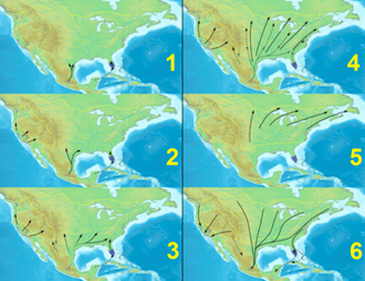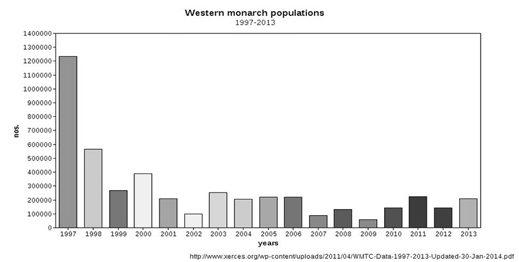

25th July 2022 (7 Topics)
Context
The migratory monarch butterfly, a sub-species of the monarch butterfly that travels around 4,000 kilometres across America each year, has been classified ‘endangered’ in the International Union for Conservation of Nature (IUCN) Red List of Threatened Species.
About
- Monarchs, the most recognisable species of butterfly, are important pollinators and provide various ecosystem services such as maintaining the global food web.
- Their population in the continent has declined 23-72 per cent over the last decade.
- Most of these butterflies are found in the California coast and forests in central Mexico.
- A smaller population of the species is also found in countries like Australia, Hawaii and India.
Characteristic features:
- These butterflies follow a unique lifestyle: They traverse the length and breadth of the American continent twice a year, feasting on nectar from a variety of flora.
- The female monarch butterfly lays each of her eggs individually on the leaf of a milkweed plant, attaching it with a bit of glue she secretes.
|
Milkweed produces glycoside toxins to deter animals from eating them, but monarchs have evolved immunity to these toxins. |
- The monarch larvae feed on this species on hatching.
- The removal of this breeding ground by farmers because they are ‘weed’ is an important driving factor for the dwindling numbers.
- More focused strategies such as “planting native milkweed and reducing pesticide use to supporting the protection of overwintering sites”, are imperative for a significant and sustainable rebound of the monarch population.

Route for travelling of these Butterfly species
Reason for decline in their Population
- Climate Change: Climate change and change in land use pattern has made their survival difficult in the region.
- Habitat destruction: Threats to this abundant and popular butterfly species come from habitat loss and food plant destruction.
- Continuous reduction in population: Heavy use of chemical pesticides, and destruction of the Monarchs’ own place in the environment, has significantly reduced populations in some areas.

|
IUCN red List
Purpose of the IUCN Red List Data The information cited in the IUCN Red List is used by various organizations in the following ways:
The following are the nine categories of Red list: |




